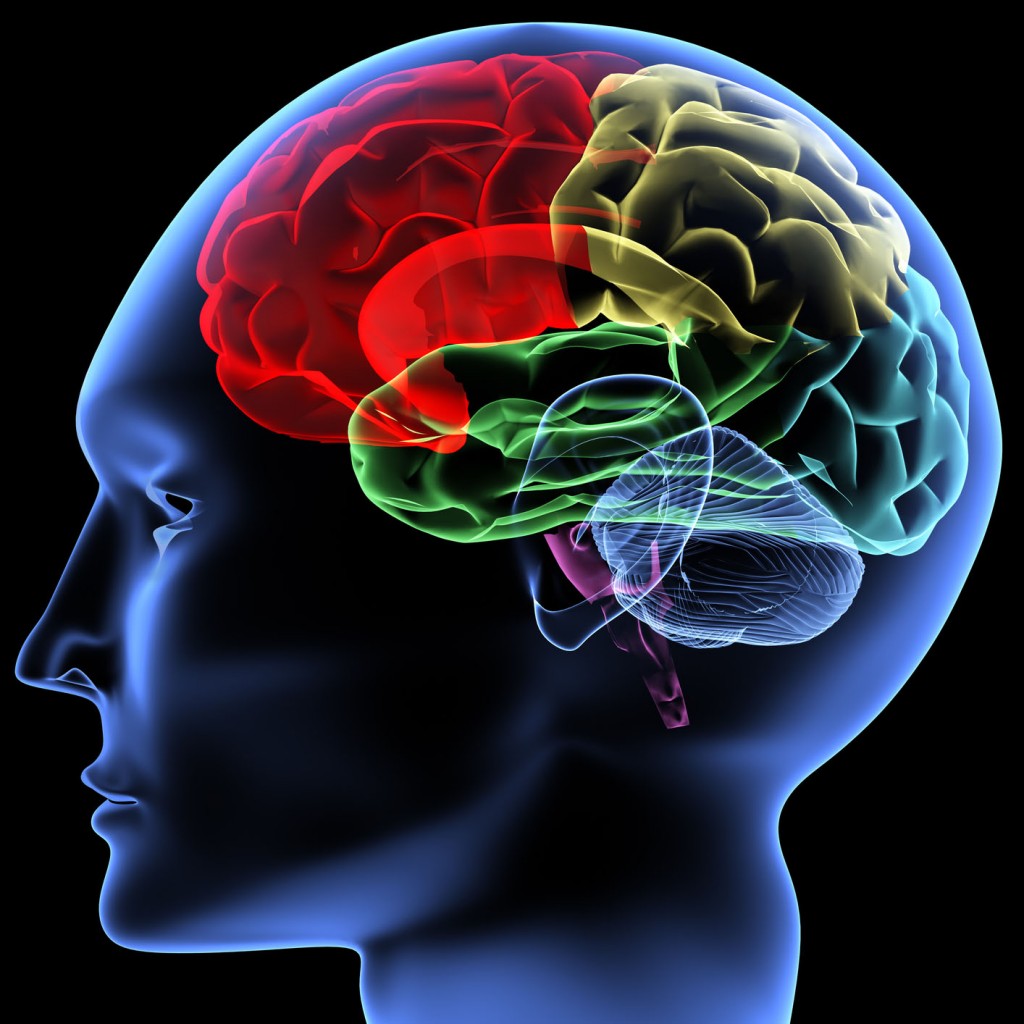The first time Nico Dosenbach read his colleague’s study in 2013, “I knew that I’d been doing neuroscience wrong for a long time,” he says. “It was like an epiphany.” To find out how an individual brain might vary from day to day, Russ Poldrack, then of the University of Texas at Austin, had been scanning himself regularly for a year.
The approach made perfect sense to Dosenbach, a neuroscientist at Washington University in St. Louis—rather than pooling data from a whole bunch of people and averaging the results, repeating the same scan on the same brain would allow him to sort signal from noise and get a clearer picture of its organization. Combining data on different people “doesn’t work all that well for figuring out how an individual human brain works,” he says.
Such an undertaking also has its drawbacks. For one, lying motionless in a tube while buffeted by loud banging noises isn’t for everyone. More importantly, time in an MRI machine isn’t cheap. While Dosenbach was mulling how he might do the study he envisioned with his limited research funding, a Washington University colleague mentioned to him that time in the school’s MRI scanner was discounted by 90 percent after midnight each night. So it was that the Midnight Scan Club, whose 10 members have since generated a trove of data on the brain, came to be.
In a study that appeared last week (October 25) in Neuron, Dosenbach and his colleagues report what those late-night data reveal about the cerebellum, a region nestled underneath the cerebral cortex at the back of the skull. Their results suggest the anatomy of this region is highly individual, and that it is involved in not only coordinating and smoothing out physical movement—its most famous function—but in running quality control of our thoughts.
The detection of substantial individual differences “is really quite spectacular,” says Peter Strick, a neuroscientist at the University of Pittsburgh who was not involved in the study. “Because if you can correlate individual differences in brain structure with individual differences in behavior, or skills, capability, one begins to then make structure-function correlations.” …







